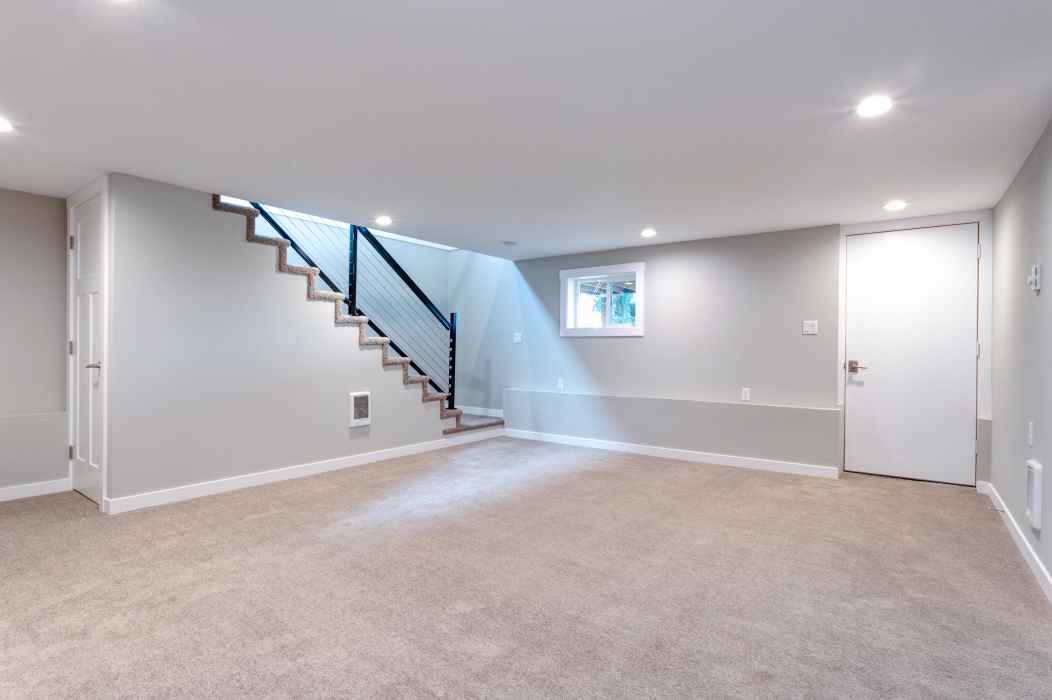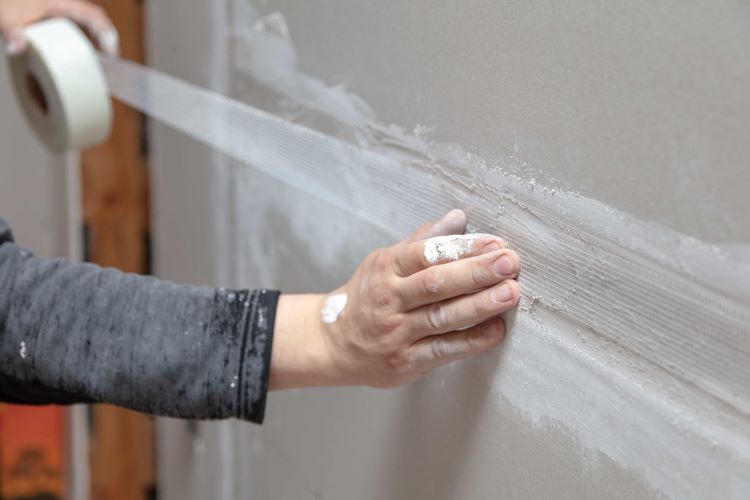Finishing your basement

Why finish your unfinished basement? There are many reasons why it makes sense to take advantage of all the benefits that come with finishing the space in your basement. While this can often feel like a daunting task that is easy to put off for a long time, it can also be one of the most rewarding experiences once it is complete. Getting your basement finished is also not as an extensive project as many think, especially when you hire a professional company to complete the work for you. Whether you have a small space that needs to be drywalled, or a large 1500 sq ft basement that needs to be totally finished from top to bottom, our team can help and make the transformation an unforgettably experience! But if you need to hear some of the benefits before making your decision, then this article is for you! Here are several amazing benefits of finishing an unfinished basement.
- Improved value for your home - A finished basement adds real value to any existing foundation, which means you can remodel for much less than it would cost to build new. You can decide between a variety of options depending on your space, such as a separate entrance and an additional living space, a large entertainment area, or even a wine cooler and a bar! The possibilities are truly endless when it comes to finishing your basement.
- Useable extra living space - If you're looking to find more room for your growing family or just need additional storage close by, having a finished basement provides the perfect amount of usable living space without adding too much bulk. Additional rooms can also be added if you have the space, so you could add a gym in one area, and extra storage in another room.
- Additional work and entertainment area - Your household will have a place to host guests and spend time together as an entire family after you finish your basement. Use it as an additional work space when there is not enough room in the garage, or a relaxing media room for movie nights.
- Personalized design and ability to add a kitchen - Finish a basement and you'll have all the benefits that come with finished spaces such as no water damage from leaky pipes or ducts, no danger of mold growth from moist ground underneath, minimal noise transmission between floors above, and no contamination from damp surfaces. The design possibilities are endless when finishing a basement!
-Increase value/livability - Another option with a basement is to add another full washroom which would not only add a large amount of resale value to your property, but it would increase the livability for you and your family as well. Having another shower and toiletry area is always a huge bonus for any living space!
Our drywall and renovation company in Calgary offers construction services for any renovation related needs including electrical wiring installation, plumbing repairs, concrete laying or foundation leveling service. Now that you know why it makes sense to finish your unfinished basement, have you started looking at different designs? There are endless possibilities. Feel free to contact us at anytime to get started on your next project!
You might also like


